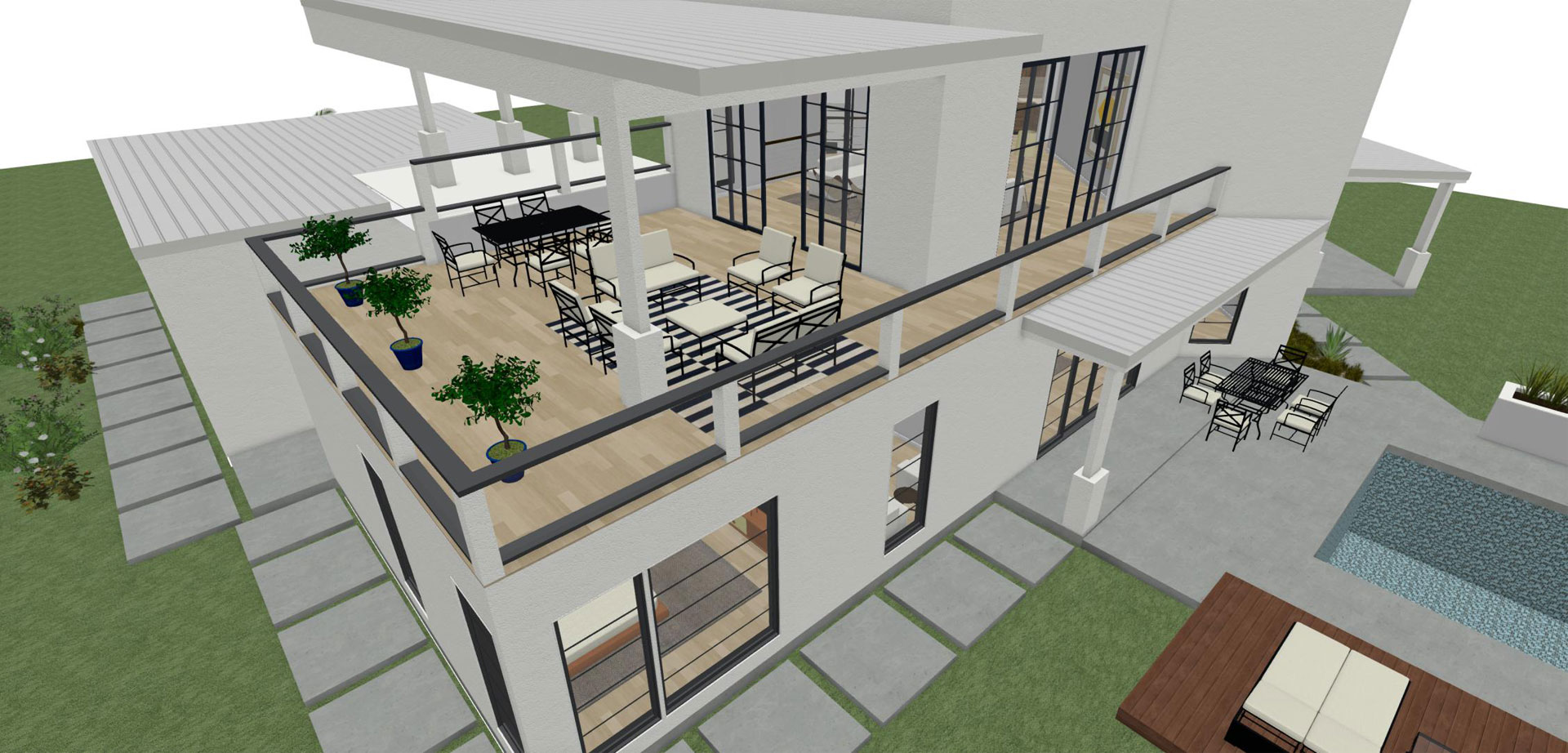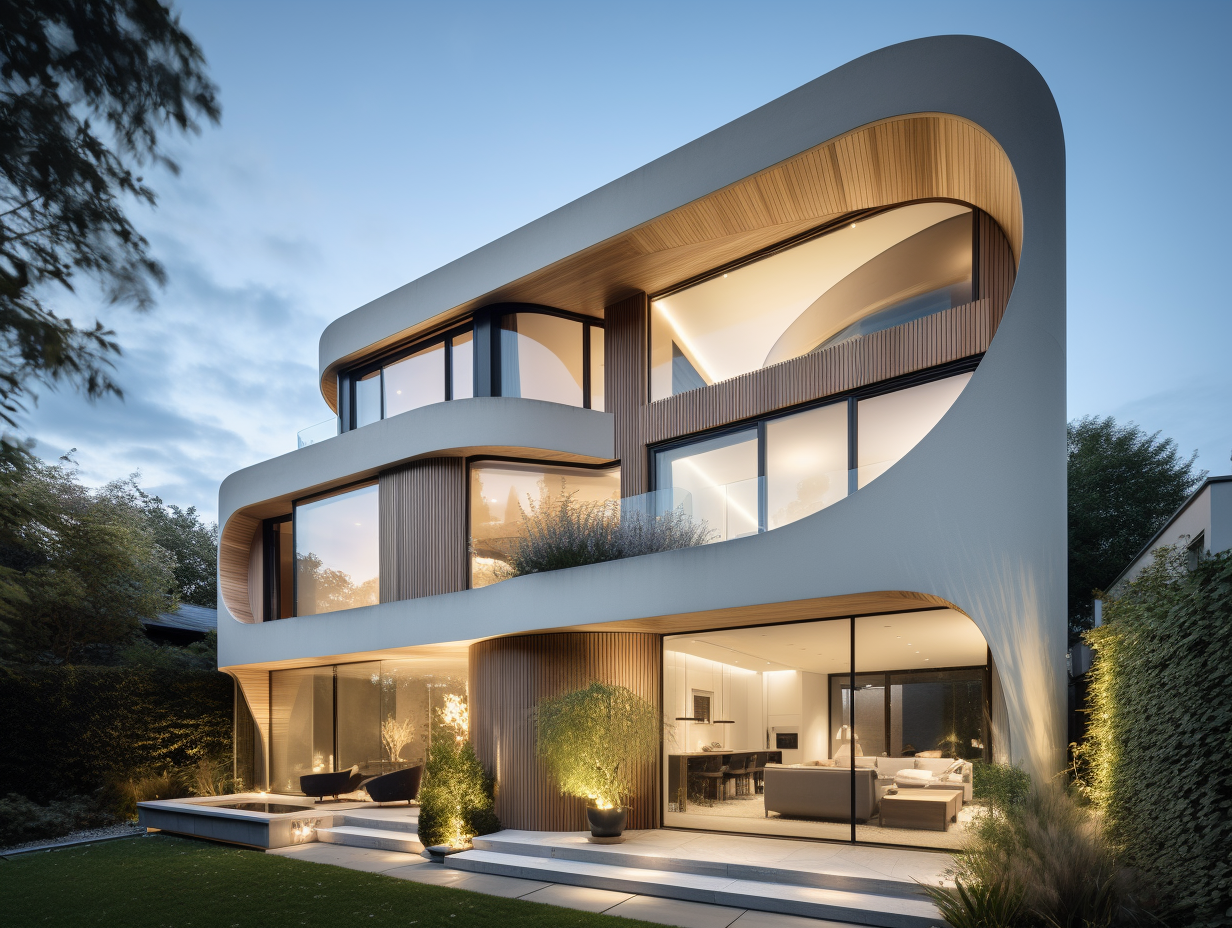Leading Factors to Pick CDA Architects for Your Residential or Commercial Layouts
Leading Factors to Pick CDA Architects for Your Residential or Commercial Layouts
Blog Article
Understanding the Collaborative Process In Between Engineers and Designers in Modern Building And Construction Projects
The joint procedure in between designers and engineers is vital in modern construction tasks, as it integrates layout intent with design expediency. This partnership not only affects the visual and practical elements of a project yet additionally plays a crucial duty in resolving sustainability obstacles. By utilizing effective interaction approaches and leveraging sophisticated innovations, such as Building Information Modeling (BIM), groups can function much more cohesively. However, the intricacies of this cooperation commonly present unique obstacles that can impede progress. Exploring these characteristics exposes understandings that might significantly influence project end results and overall sector requirements.
The Significance of Cooperation
The collaborative synergy in between architects and engineers is necessary for the successful awareness of any kind of building and construction job. This collaboration brings together unique experience and perspectives, allowing the assimilation of innovative design with functional design remedies. By functioning with each other, architects and engineers can guarantee that a job not just fulfills visual and functional requirements but likewise follows safety and security, sustainability, and budgetary restraints.
Collaboration fosters a shared vision, helping with the positioning of objectives and assumptions from the beginning. This positioning is critical in resolving prospective obstacles and mitigating threats that can emerge throughout the task lifecycle. Moreover, a collaborative approach allows for the reliable appropriation of sources, optimizing both time and price.
The significance of partnership prolongs to the iterative process of design and building and construction, where responses from designers can notify architectural choices, bring about more viable and lasting styles. Conversely, engineers can motivate engineers to think artistically regarding how to achieve architectural stability without jeopardizing imaginative intent. Inevitably, the collective relationship in between designers and engineers is not just helpful; it is essential to the creation of high-grade, functional, and cutting-edge developed environments that fulfill the needs of culture.
Communication Strategies and Tools
Reliable communication techniques and devices are vital for fostering partnership between designers and engineers throughout the job lifecycle. Establishing clear channels of interaction is vital to ensure that all employee are lined up with job objectives, timelines, and obligations. Regular meetings, both in-person and digital, provide possibilities for stakeholders to discuss development, address problems, and make notified choices.
Utilizing task administration software, such as BIM (Building Details Modeling) systems, enhances partnership by making it possible for real-time sharing of design adjustments and technological specifications. These tools assist in transparency, permitting designers and engineers to imagine adjustments and assess their impact on the general task.

Shared Objectives and Job Vision

Establishing common goals includes open dialogue and a complete understanding of each discipline's payments. Architects normally concentrate on style intent, spatial partnerships, and user experience, while designers emphasize structural honesty, systems functionality, and compliance with laws (cda architects). When these perspectives are straightened, the outcome is a cohesive job that follows both creative desires and technical expediency
In addition, a well-defined job vision cultivates liability among team participants, urging each individual to take ownership of their role in accomplishing the wanted outcome. Normal check-ins and collective workshops can further reinforce this dedication, permitting modifications to be made as the project advances. Eventually, a shared vision not only enhances teamwork yet additionally elevates the quality of the final deliverable, resulting in successful job completion.
The Role of Modern Technology
Leveraging modern technology has come to be important in boosting partnership in between engineers and designers. Building Information Modeling (BIM) stands out as an essential innovation, enabling both designers and engineers to produce comprehensive 3D versions that envelop layout intent and structural stability.
Additionally, cloud-based platforms make it possible for seamless partnership, permitting task stakeholders to accessibility and upgrade project data from anywhere. This promotes a society of transparency and liability, as adjustments can be tracked and evaluated in real-time. In addition, mobile applications more enhance communication, supplying on-site teams with prompt access to job specs and updates.
Arising technologies such as fabricated knowledge and artificial intelligence are likewise starting to play a role in predictive analysis, helping groups recognize potential her explanation problems prior to they emerge. Ultimately, the role of innovation in architecture-engineering cooperation not just enhances operations performances yet also enhances technology, causing more successful task outcomes. By embracing these technical advancements, engineers and engineers can guarantee a more cohesive and efficient collaborative procedure throughout the construction lifecycle.
Study in Effective Partnerships
Many instance researches highlight the profound effect of efficient partnerships in between architects and designers on project outcomes. One noteworthy instance is the partnership on the High Line in New York City City, where landscape architects, designers, and metropolitan organizers collaborated to change an abandoned railway right into a lively public park. This multidisciplinary strategy not only improved the visual top quality but also made sure structural safety and environmental sustainability.
One more excellent situation is the style and building of the Sydney Music Hall. The partnership in between designer JÃ ¸ rn go to my site Utzon and structural engineer Ove Arup exemplified cutting-edge problem-solving. Their cooperation permitted the legendary shell-like layout while attending to complicated design challenges, eventually causing a classic architectural work of art.
The Burj Khalifa in Dubai additionally shows the importance of joint efforts. cda architects. The combination of design and design proficiency made it possible for the task team to achieve extraordinary heights while sticking to safety guidelines and visual vision
These examples underscore the value of communication, depend on, and shared objectives. In today's complex construction setting, such partnerships are essential to browsing difficulties and providing projects that satisfy both functional and visionary goals.
Final Thought
In conclusion, the cooperation between architects and engineers is essential for the success of modern-day building and construction jobs. Effective communication strategies, a common project vision, and the integration of innovative innovations are important components that promote this collaboration.
Report this page